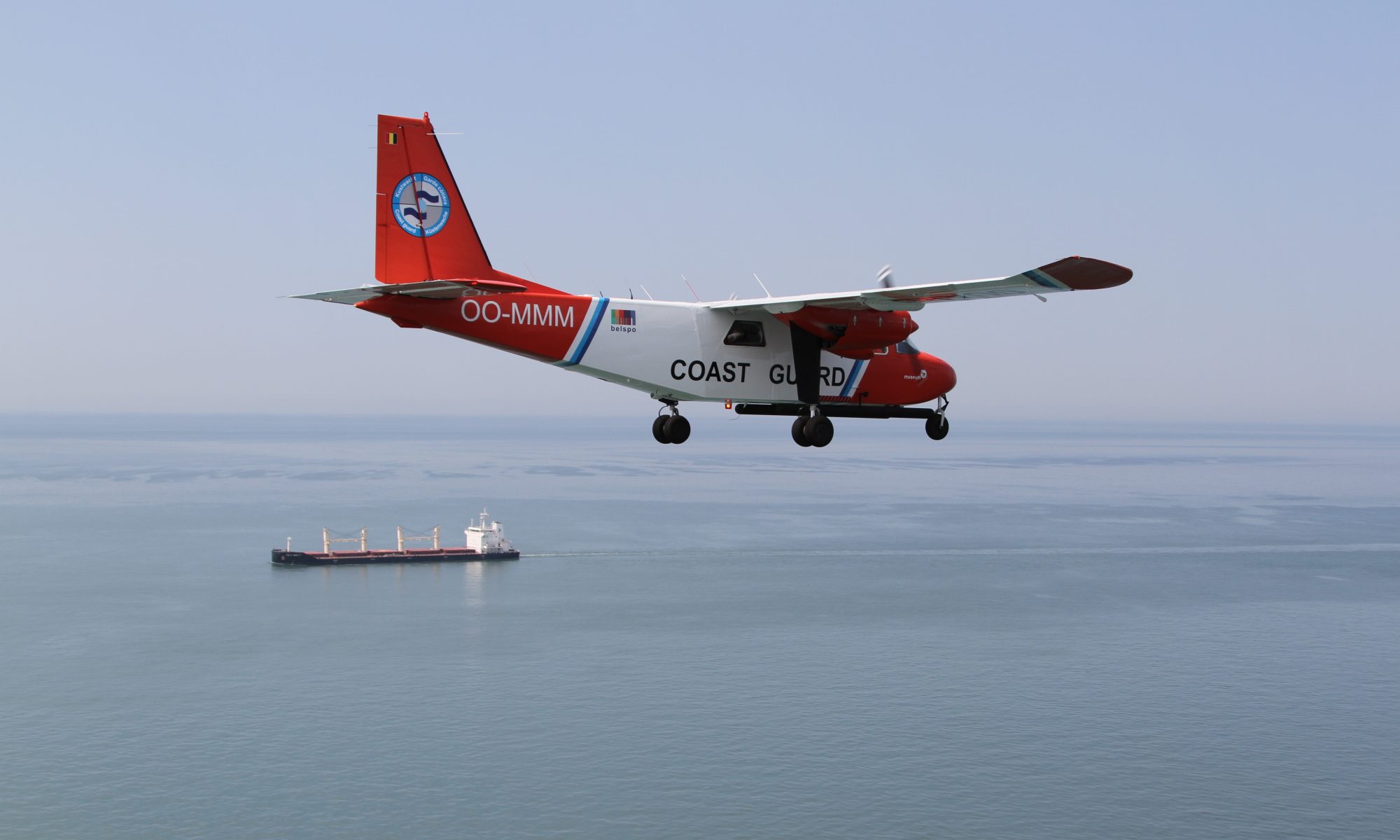The Belgian Coast Guard continues to invest in the international fight against air pollution over sea using the so-called ‘sniffer’ sensor. This sensor makes it possible to measure sulphur compounds in the emissions from ships at sea, and to check to what extent these ships comply with the applicable sulphur standards. In order to be prepared for the restrictions that will apply on nitrogen emissions from ships in the North Sea from 2021 onwards, and to be able to monitor these too, the sniffer technology was expanded in the spring of 2020 to also detect nitrogen compounds. The results of the first test flights are promising.
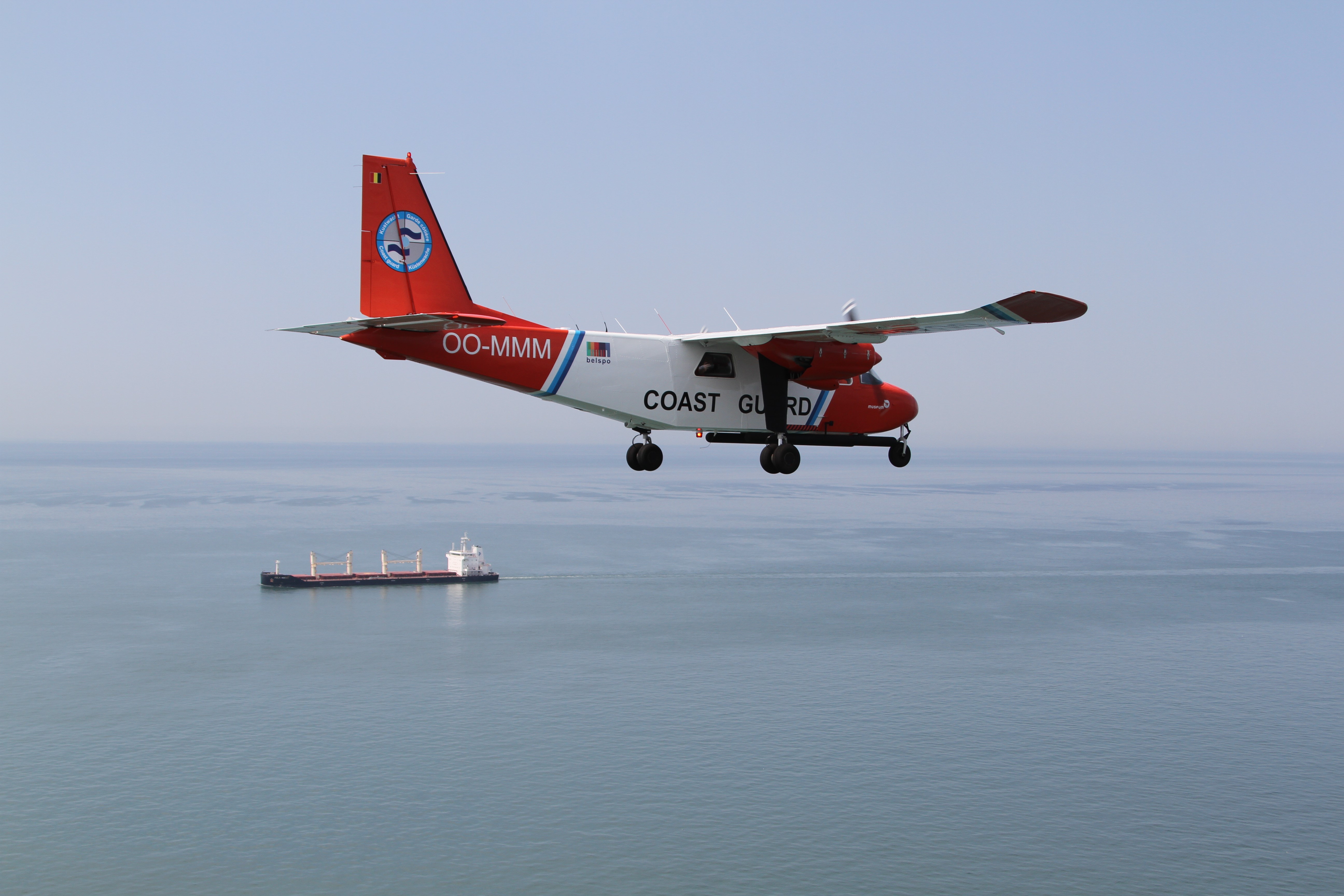
Since 2016, the Belgian Coast Guard has been using a so-called ‘sniffer’ sensor on board of MUMM’s aircraft (Britten-Norman Islander, registration number OO-MMM), which is used above sea to check for environmental and nautical violations. This sensor is an important instrument in the fight against air pollution, which in particular allows to deduce the sulphur content in the fuel from measurements of sulphur dioxide (SO2) in the emissions of ships at sea. This puts Belgium in the international spotlight with regard to the enforcement of the sulphur legislation. In 2020, the ‘sniffer’ sensor was extended to also enable the measurement of nitrogen compounds (so-called NOx emissions) from ships at sea.
Nitrogen Emission Control Area
As of 1 January 2020, the maximum permitted sulphur content of marine fuel was reduced from 3.5% to 0.5%. In the SECA zone (Sulphur Emission Control Area), of which Belgium has been part since 2015, the standard is even stricter with only 0.1% allowed.
On 1 January 2021, an emission control area for nitrogen oxides will also come into operation in the North Sea and Baltic Sea, in short the NECA (Nitrogen Emmission Control Area). Regulation 13 of MARPOL Annex VI sets NOx emission limits for marine diesel engines. Ships built from 2021 onwards will have to comply with the strictest NOx standards in the NECA area. The aim is to achieve a gradual reduction of NOx emissions from ships sailing in this and other NECA areas by 2040. Different standards apply to older ships and these must also be respected.
For the North Sea and Baltic Sea, the NECA area corresponds geographically to the SECA area. From 2021 onwards, therefore, it will simply be referred to as the North Sea and Baltic Sea ECA area (see map).
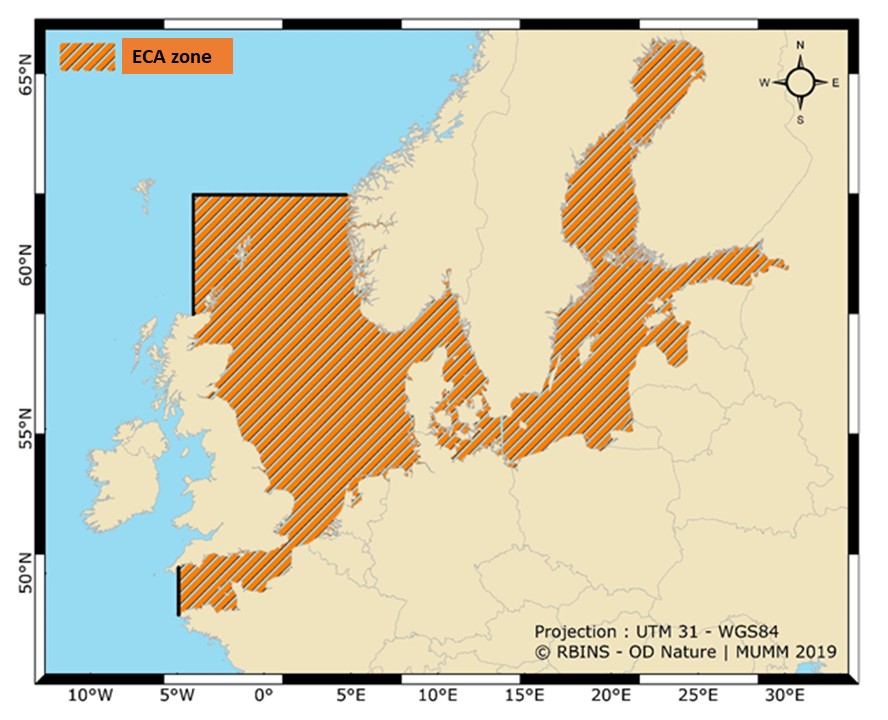
Nitrogen Monitoring Needs
NOx emissions play an important role in the formation of particulate matter (fine dust) and the eutrophication of the marine and terrestrial environment. Near the earth’s surface, they also play a role in the formation of ozone, a greenhouse gas that contributes to global warming and can also lead to significant respiratory problems. Both SOx and NOx from ships also contribute to the acidification of heavily navigated coastal areas.
North Sea Minister Philippe De Backer: “Air pollution at sea not only affects our marine environment but also damages the health of our population. That’s why we continue to invest in better measuring instruments to map out air pollution. This is the only way we can improve enforcement and ensure healthy air for people and the environment”.
The NOx Sensor
However, until recently, there was no precise mechanism for the enforcement of NOx regulations allowing the detection of non-complying vessels. Enforcement could only be carried out by checking the possession of a valid international certificate for the prevention of air pollution, and was therefore not based on measurements or sampling. Such a certificate is then regarded as prima facie evidence to establish compliance. Many ships also use emission reduction techniques (e.g. a catalyst) to ensure compliance with nitrogen requirements. Again, there is no method yet in place to verify with certainty that ships have activated this emission reduction equipment in good time before entering a NECA.
In order to be able to extend the monitoring of ship emissions at sea with the measuring of nitrogen compounds, a modified NOx sensor was purchased and integrated into the airborne sniffer system. For this purchase, North Sea Minister Philippe De Backer made a budget of € 70,000 available to the Scientific Service Management Unit of the North Sea Mathematical Model (MUMM) of the Royal Belgian Institute of Natural Sciences (RBINS) in 2019.
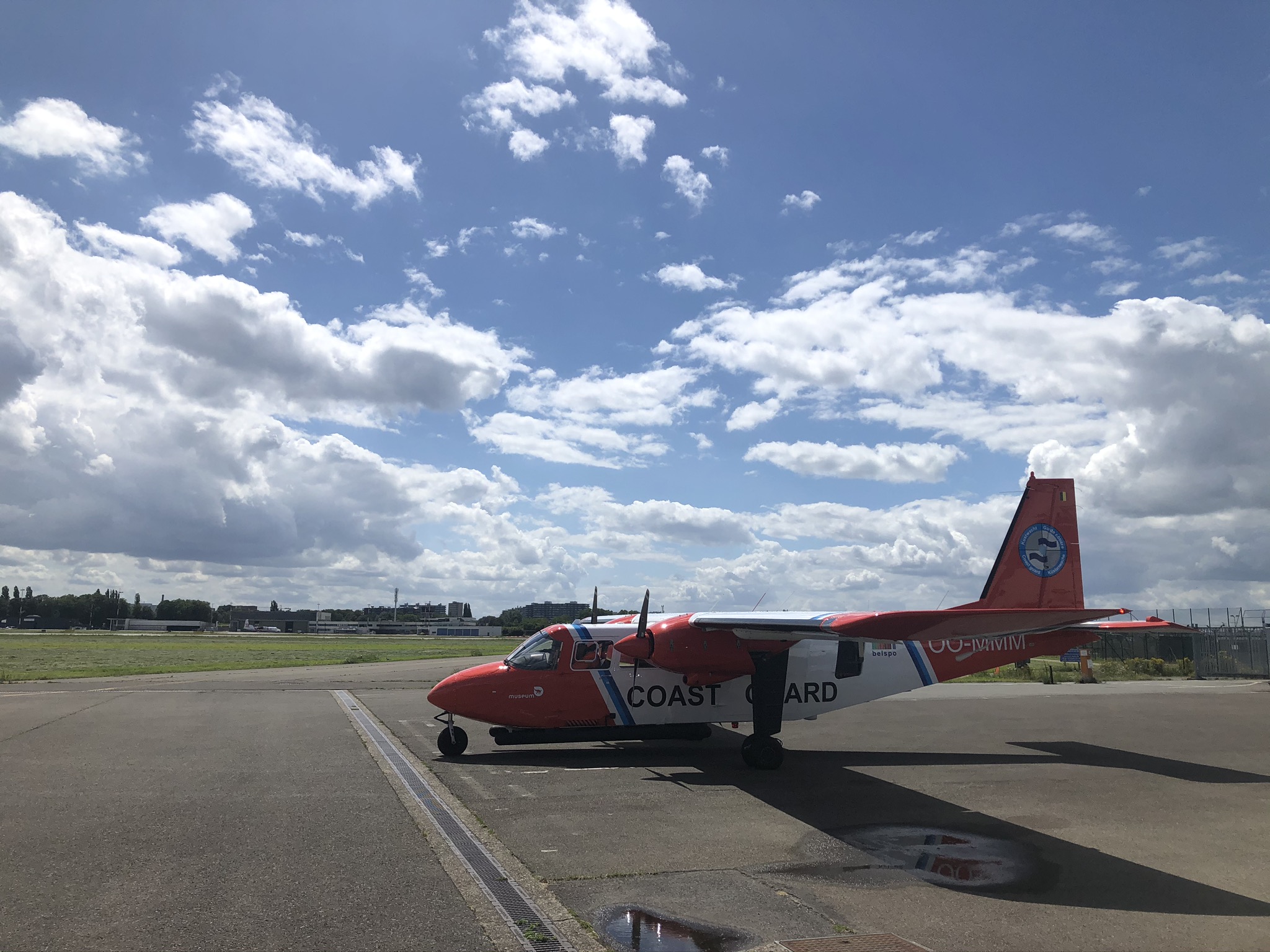
“Using the new sensor, we are able to carry out NOx checks above sea, which is very valuable because there is no empirical method of monitoring these substances to carry out enforcement in the port”. clarifies Ward Van Roy, one of MUMM’s air operators. “In addition, the new sensor also increases the accuracy of our sulphur measurements. The light sensitivity of the sulphur sensor to nitrogen monoxide (NO) can be corrected with the nitrogen measurements”.
Promising
Early July 2020 the first test flights with the nitrogen sensor were carried out. These can be referred to as a great success, and give confidence that an enormous amount of information on the nitrogen emission of ships at sea will be collected. This should lead to a better understanding of how effective offshore NECA monitoring can be developed to improve enforcement in cooperation with port inspection authorities. In this way, MUMM and the Coast Guard will further develop Belgium’s pioneering role in the monitoring of ship emissions at sea, and Belgium will be ready to fulfil its enforcement role in the field of nitrogen emissions as from 1 January 2021.
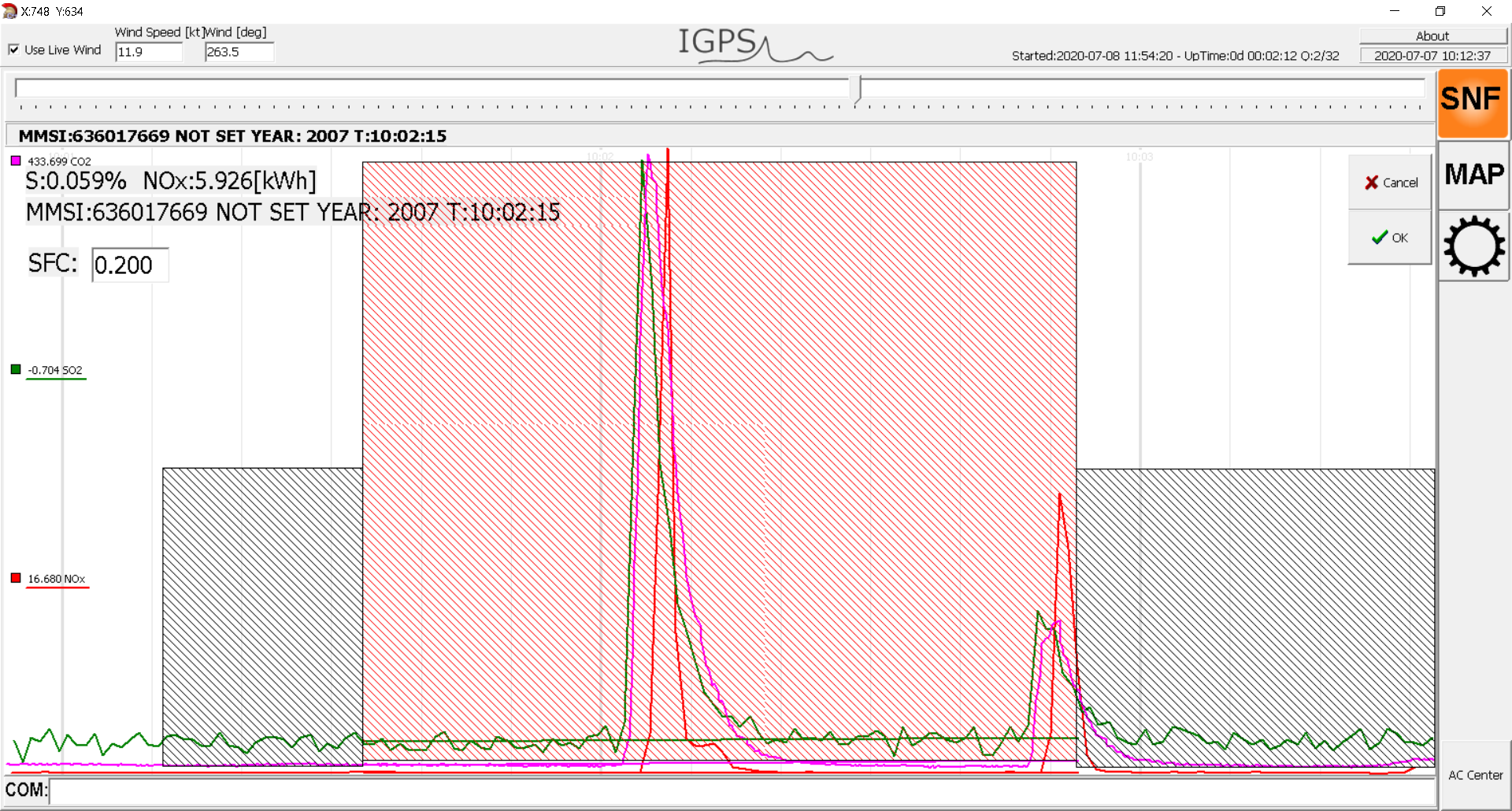
Also check out the recent video that focuses on the sulphur emission monitoring, with at the end already a brief preview on the inclusion of the monitoring of nitrogen emissions in the task package.

